The Only Japanese Restaurant Guide You’ll Ever Need, Part 2: Nutrition and Other Tips
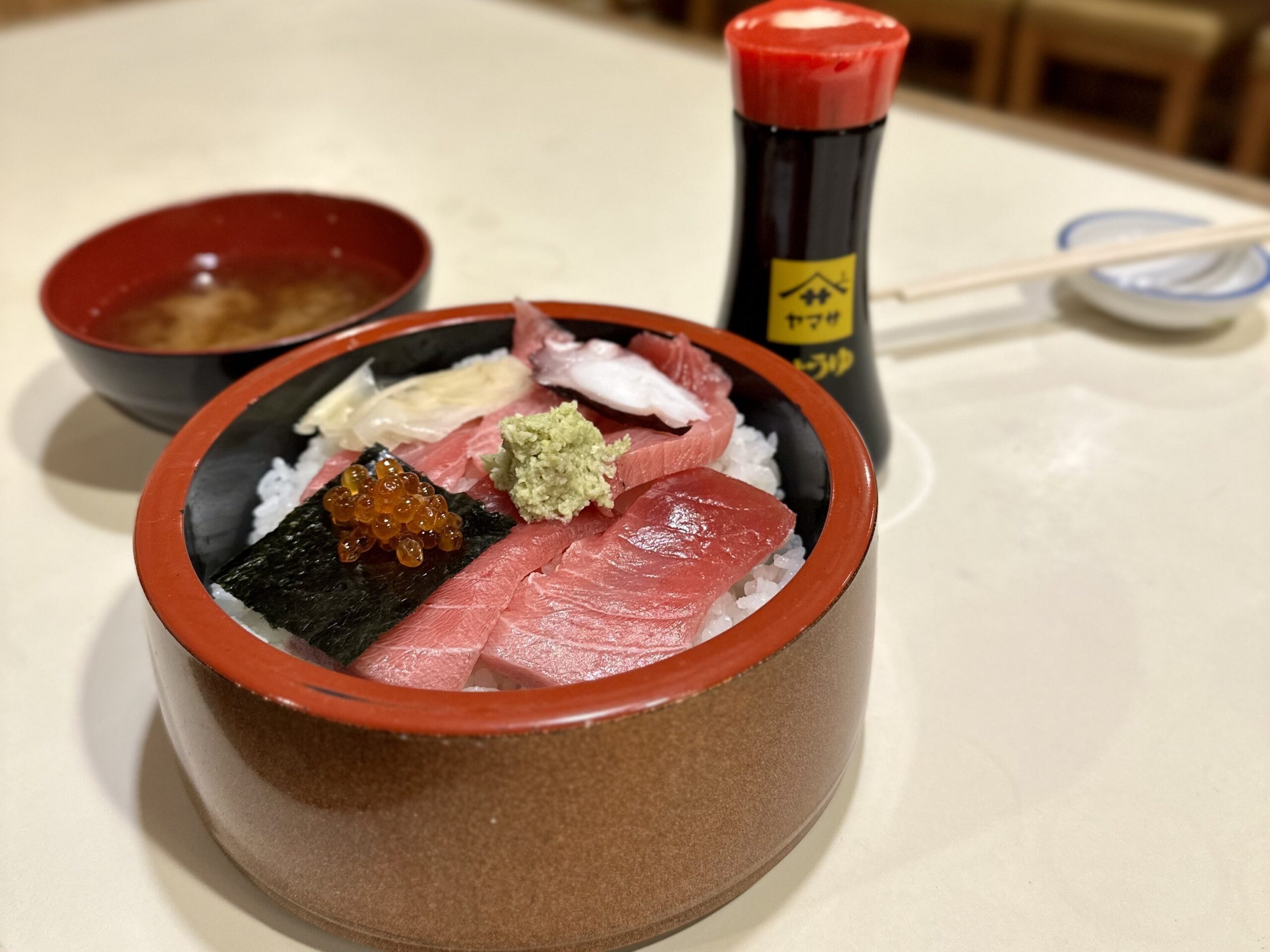

Written by
Name: Stephanie
Country of origin: USA
How long you’ve lived in Japan: 6 years
Where you live in Japan: Tokyo (and 1 year in Gunma)
Instagram
So you’re going to Japan and of course you’re gonna eat out, but you might have some questions–I don’t blame you! Last time we talked all about how to order in a restaurant, so this time I want to tell you some etiquette, tips, and culture around eating out in Japan. So put that apron on and let’s dig in!
Section 1- Practical Tips: Business Hours, Reservations, and Party Sizes
Closed Days
This might come as a surprise to many westerners, but many restaurants are closed for at least 1 day per week. The reason behind this is simple: most small restaurants and cafes don’t have shift managers, so the owner and/or head shift is just about always there. This always seemed like an interesting cultural difference to me. An even bigger surprise might be that the closed day is rarely Sunday, likely because Japan doesn’t have a large church-going culture.
Most small restaurants are closed Monday or Tuesday, but sometimes Wednesday or Thursday. If the usual closed day falls on a national holiday, the next day will often be closed in lieu. Some tiny establishments will even have random days off, which they’ll upload to social media at the beginning of the month. So if you have a specific restaurant or cafe in mind for your Japan trip, be sure to check not only Google Maps, but also any website, Instagram, Facebook, or X (formerly Twitter) so that you don’t plan a whole travel itinerary and then show up and your restaurant is closed!
Afternoon Break
Many restaurants and cafes close between lunch and dinner time, often from 2 or 3 PM until 5 or 6 PM. This isn’t the case for franchises and the like, but be sure to check the open hours if you have a specific restaurant or cafe in mind, too. I don’t think this is unique to Japan, but it wasn’t like this in my home state so I thought it’s good to know!
Last Order
I wrote about this in Part 1, so I won’t spend too long here, but another concept that might be unique to Japanese restaurants is last order. Often written as L.O. on hour signs and menus, last order is basically the time of day that a restaurant will allow customers to enter, and for existing customers to order food and drinks. Also, if your table has a time limit, they’ll usually place your L.O. 30 minutes before your time limit comes. Some establishments that are more alcohol focused will have a different L.O. for food and drinks, as they’ll close the kitchen but keep the bar open. Last entry is usually 30 minutes to an hour before the restaurant closes (often excluding takeout stands and the like), so don’t be too surprised if it’s getting close to closing time and you’re refused entry!
Reservations and Fees
Many restaurants allow reservations, and usually they can be made online. You can usually find the link for reservations easy on Google Maps; the reservations websites many places use are Table Check and Tabelog, both of which I think are easy to use. Table Check is super easy, no account needed, and there’s an English interface. Tabelog also has English, but you have to login (but you can use your Google or Apple account to do so). If you can’t find either of these links on Google Maps, check their homepage for reservation information; you might have to call or perhaps they don’t accept reservations.
Recently, some restaurants have implemented systems where making a reservation costs money or you can pay for nicer seats. It might seem wild to pay for a reservation or seats, but there are several benefits, it seems. First, people are less likely to be no-shows if they paid. Second, a restaurant with this system usually has a super long line, so it’s probably worth it to pay a few extra bucks to skip that line. Finally, about the seats, some restaurants have famous views from only certain seats, so I guess this is a way to prevent people lining up all day waiting for 1 specific table to open up or something. I’ve never used any of these features myself, but if I were paid in US dollars or another strong currency and I was only in Japan for a short trip, I’d seriously consider it.
Finally, restaurant reservation no-shows is a big problem in Japan. To combat this, some restaurants are now requiring credit card information upon booking and charging a fee if you don’t show up. There may also be a deadline to cancel without incurring a fee, so be sure to check a restaurant’s policies when making a reservation.
Party Sizes
If you’re by yourself, fear not! Japan is a haven for lone diners, and basically nobody will ever look at you judgingly wondering where your friends are. Many Japanese people go out by themselves, and some restaurants even cater to lone diners with single-person tables or counter seats (you may have seen the franchise Ichiran Ramen online).
On the other hand, if you’re in a big group of 5 people or more, however, you may have trouble finding a restaurant with the space for you without a reservation. Some restaurants do have long tables for groups of more than 4, so definitely give it a try, but if you’re having trouble, it might be easier to split the group into 2 smaller groups.
Chopsticks and Forks
It might not be a bad idea to try and learn to use chopsticks before you come to Japan. Japanese kids practice by moving beans from one plate to another. Chocolate chips, raisins, or M&M’s would work if that would motivate you more. Believe it or not, many Japanese restaurants won’t have any forks, and even travel utensil packs for camping or lunchboxes in Japan often don’t include a fork, so if you couldn’t learn to use chopsticks before you come, it’s not a bad idea to take a travel fork with you from home.
Section 2- Table Manners
Each country or culture has its own table manners. I think as long as you’re not acting a fool, you’ll be fine, but let’s go over some Japanese table manners just to be safe.
Chopstick Manners
Chopsticks have a few unique manners, and in Japan there are a few that might not be common in the rest of Asia due to the influence Japan’s original religion Shinto, or the Japanese version of Buddhism. First, let’s cover one that is often included in the “don’t do this in Japan” videos: don’t stick your chopsticks standing up in food, especially rice. It might seem like a convenient way to place your chopsticks, but that’s what’s done at graves and shrines, so let’s avoid that.
Next is one that I’ve rarely seen included in those “don’t do this” lists: don’t ever pass food between 2 pairs of chopsticks or touch 2 pairs of chopsticks. Sometimes I see really cute videos of influencers toasting everything in their trip–drinks, snacks… and sushi on chopsticks. They’re always so cute, but that’s a HUGE no-no in Japan. During Japanese funerals, the body is cremated and the family picks up and passes the bones using chopsticks at the guide of a Buddhist priest. Therefore, chopsticks are never used to pass food to another pair of chopsticks at the table. If you need to pass something, do it directly onto the person’s plate rather than into their chopsticks. Likewise, feel free to make your toasting video, but don’t toast food between 2 pairs of chopsticks. Instead, you could toast your sushi using your hands!
Which brings me to my next point: you don’t have to use chopsticks for sushi, you can use your hands. So if you’re not so confident with chopsticks, just pick that piece of sushi up with your fingers, dip it in your soy sauce, and eat it! You would, however, use your chopsticks to put the wasabi on, eat the ginger, etc. Also, an important note is that in Japan sushi and sashimi are considered very different dishes. Sushi is raw fish on rice, and sashimi is just raw fish. So don’t use your hands to eat sashimi.
One more big difference you’ll notice from Japanese restaurants in the west and those in Japan is that you’ll never get a spoon with miso soup. Here, we use chopsticks to eat the toppings (seaweed, tofu, vegetables, small clams, etc.), and for the soup we pick the bowl up and sip it directly.
Bowl Manners
Which leads to another interesting point: it’s okay to pick up most bowls. Small soup bowls are okay to put up directly to your mouth. Bowls of rice are okay to pick up so that you can get a better angle to scoop with your chopsticks, but putting them up to your mouth and shoveling it in like Goku might get you some stares. If your bowl is big, like a ramen bowl, you usually can’t pick that up. I’d say that plates generally aren’t picked up either. But if you have a small or medium bowl, it’s okay to pick it up.
Ramen Manners
Speaking of ramen, you may have heard that is is common, even polite, to slurp your soup in Japan. This is half true: it’s common. It is not, however, polite or some kind of compliment to the chef like many western media outlets will tell you. Ask any Japanese person or do a search in Japanese and you’ll get the response that slurping your noodles helps cool them down (as they’re usually served very hot), the air makes them taste better, or the suction helps them get up to your mouth more easily, but no Japanese source will ever say “it’s polite” or “it’s a compliment.” But in any case, it’s not rude in Japan, so slurp away!
Interestingly, because of the slurping, many ramen or noodle places will offer paper aprons to customers free of charge. The first time I was offered one I felt like a baby or a grandma, but turns out slurping can leave you prone to stains, so it’s not a bad idea. It won’t look silly in Japan at all!
Rice and Soy Sauce Manners
Soy sauce and rice also have some manners for eating. You may have heard that Japanese people like the taste of white rice so they eat it plain, and that’s why you should never dump soy sauce on it. This is partly true in that you almost never dump soy sauce, but although most Japanese people appreciate and like plain white rice, if you eat a whole bowl of rice with no topping or meat/fish, many Japanese people will think that’s a bit much. Basically, if you have a meal set with a meat or fish main dish, some veggies, and rice, you can usually place the main dish or veggies on the rice and either take a bite of them together or just take it back off after having transferred some flavor to the rice so that your bite isn’t too plain.
Next, never dump your soy sauce onto your rice. If you have sashimi and rice, you can dip the sashimi into the soy sauce, then place it on top of the rice to get some flavor on top or eat a bit together, but you don’t mix it directly.
Except for one case: kaisendon (海鮮丼), which is basically a rice bowl topped with raw fish (often called “chirashi” in American Japanese restaurants, but that’s a bit different in Japan). In the case of kaisendon, you can mix your soy sauce and wasabi (or skip the wasabi if you don’t like it) in the small soy sauce dish and then pour it atop the fish-rice bowl. Bon appetit!
Izakaya Manners
One big difference between Japanese and western drinking culture is that drinking in Japan almost always involves food. Japanese izakaya pubs focus heavily on food, and unlike crappy western bar food, izakaya often have fantastic food! Of course, you can still find a bar for pure drinking, but in a way it’s nice to have actually decent food as an option along with your alcohol, too.
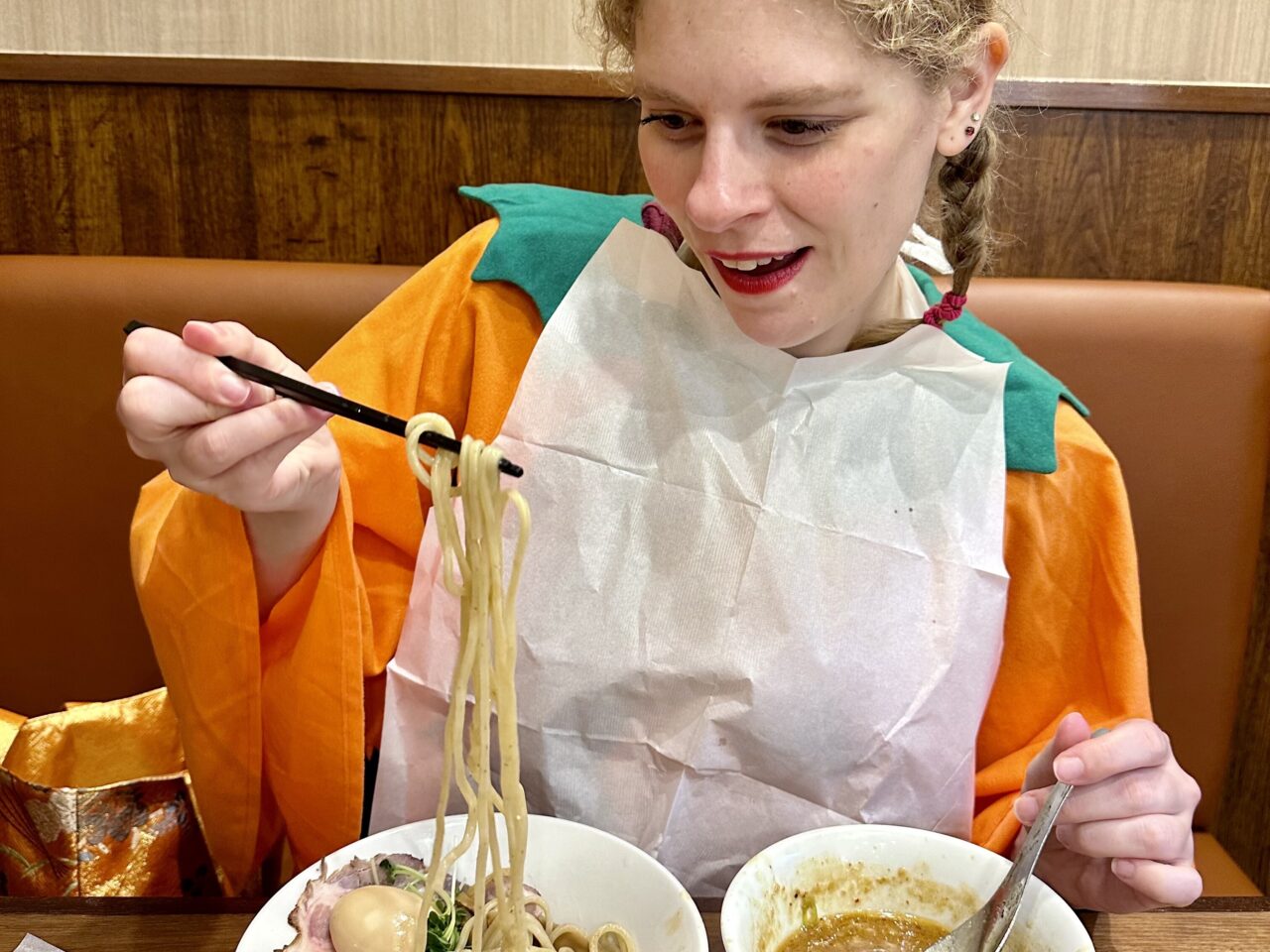
Section 3- Food Customization
Allergies & Restricted Diets
If you have any allergies or eating restrictions, be sure to ask the staff specifically about the foods or ingredients. If you’re on a vegetarian or vegan, Halal, or other restrictive diet, be careful. Many Japanese foods are made with fish stock, milk products, etc., even tofu dishes and flavored soy milk, for example. This might seem counter-intuitive to us, but in Japan foods that are seen as alternatives in the west (e.g. tofu) aren’t always seen as alternatives here, but more as tasty foods that were already part of the culture before the west got ahold of them. As for Halal, there are more and more Halal restaurants popping up, so have a search on Google Maps.
With allergies, although some are a bit common in Japan (like eggs and dairy, perhaps), they are certainly not as common as in the west, so it’s best to check. Japanese fast food franchises such as Coco Ichibanya Curry, Sukiya, etc. often have all allergy information listed on their menu; if you can’t find it, the staff might be able to bring you some reference paper or direct you to the website with all the details. Coco Ichibanya Curry is particularly diligent in listing which dishes have which allergens and the vegetarian options.
Health Diets
If you’re on a health diet, such as ketosis, cutting carbs, counting calories, etc., it can be difficult in Japan, but not impossible. Many restaurants have a “small rice” option. Basically, you can get the same dish but with a smaller amount of rice (sometimes ramen noodles, too). This will be written on a menu as 小盛 or just 小 (meaning “small”). Also, you can often ask the staff directly, even if it’s not written anywhere by saying ご飯少なめ (gohan sukunamé, “less rice”). Sometimes you’ll get a slight discount for ordering the small rice, too.
Fast food franchises sometimes have interesting low-carb options. Coco Ichibanya Curry has the option to substitute rice with cauliflower rice, and Sukiya has a few of their beef-rice bowls available with tofu instead of rice. Of course you have to pay a bit, but it’s nice to know they’re options.
Substitutions
An important point to note is that almost no Japanese restaurants will accept substitutions. In the US, you can often sub your fries for a salad, for example, but that’s generally unheard of in Japan, and you’ll be charged for a whole side item.
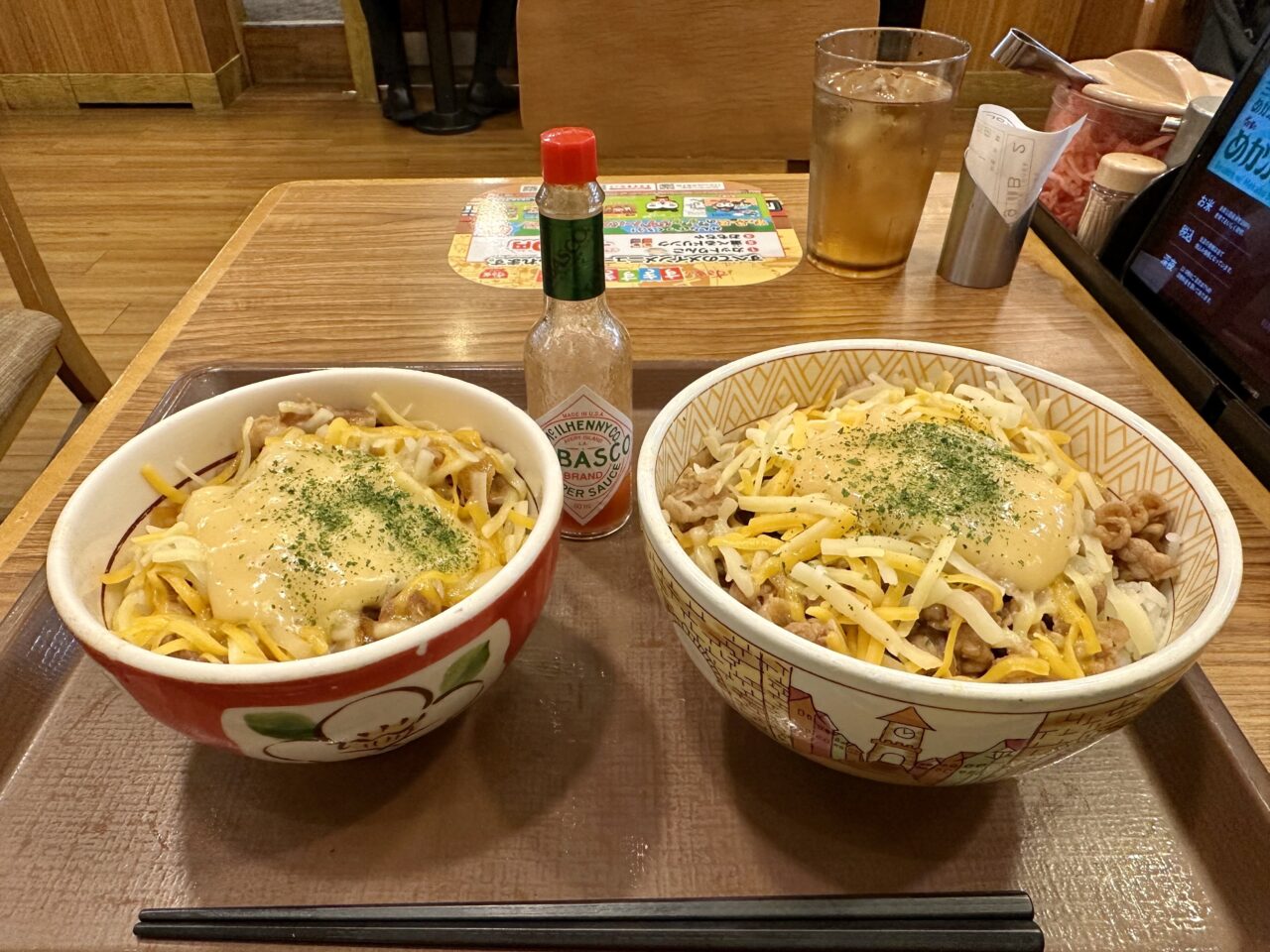
Section 4- Eating and Drinking Big
Refills
While drink refills are non-existent without purchasing an unlimited drink package, some restaurants allow food refills. Indian-style curry restaurants often allow naan refills. Some Japanese meal-set restaurants offer free rice refills. Many tonkatsu (fried pork) restaurants offer free rice and/or cabbage refills. And some ramen shops even offer a free serving of rice to sop up the broth (usually for tsukemen or mazémen ramen types). How nice!
Big Rice
Just like the “small rice” option I wrote about in the dieting section, many restaurants offer “big rice” (or ramen noodles). This will be written on the menu as 大盛 or simply 大 (“big”). You can also often ask the staff directly, even if it’s not written anywhere by saying ご飯大盛り (gohan ōmori, “big rice”).
There are often even levels bigger than big rice, like 大大盛 (super big rice), 山盛 (mountain rice), デカ盛 (huge rice), and more, so keep your eyes open! Recently I even saw “baka mori” (バカ盛り), meaning “idiot size,” and honestly that sounds like a challenge!
Most restaurants charge extra, but some like to push it and encourage customers to do so as well, so they offer the size upgrades for free. Wow!
Buffets
There are buffets in Japan. They’re usually at hotels which are tasty, but there are also themed sweets cafes in Tokyo that have dessert buffets (which I’ve heard don’t usually taste so great).
Endless Food and Drink
Believe it or not, you can get endless food and drink packages at restaurants. It’s kind of funny to imagine a country with such a low obesity rate having endless food options, but here we are. Called 食べ放題 (tabéhōdai, “all you can eat”) and 飲み放題 (nomihōdai, “all you can drink”), these packages are a great way to pack a lot in within a 2-hour window at an affordable price (thinking of the yen-to-kilogram ratio).
Some places only have either or, and some have both if you really want to go hog wild! Some places with the bottomless drinks option have 2 tiers, soft drink or alcohol. One last note, some izakaya pubs don’t offer their full drink menu as bottomless (fancy craft cocktails and the like are out), but the bottomless menu will probably get you by.
Section 5- Economical Tips
Eating out in Japan can be surprisingly economical! Depending on what you order and what you like to cook, some residents even say eating out is cheaper than cooking at home due to the infamously high price of produce in Japan. Various factors make eating out in Japan affordable.
First, we don’t tip, so the price you see is the price you pay (plus tax and any otōshi table charge). Second, for the big eaters and drinkers, we’ve got those bottomless food and drink options. Third, meal sets are a great way to get a whole meal for one price. And finally, eating out at lunch is a great way to save money. Even fancy restaurants often have a cheaper lunch menu; if you’ve been eyeing a Michelin starred restaurant or upscale establishment, be sure to check their lunch menu! (I wrote about otōshi and meal sets in Part 1).
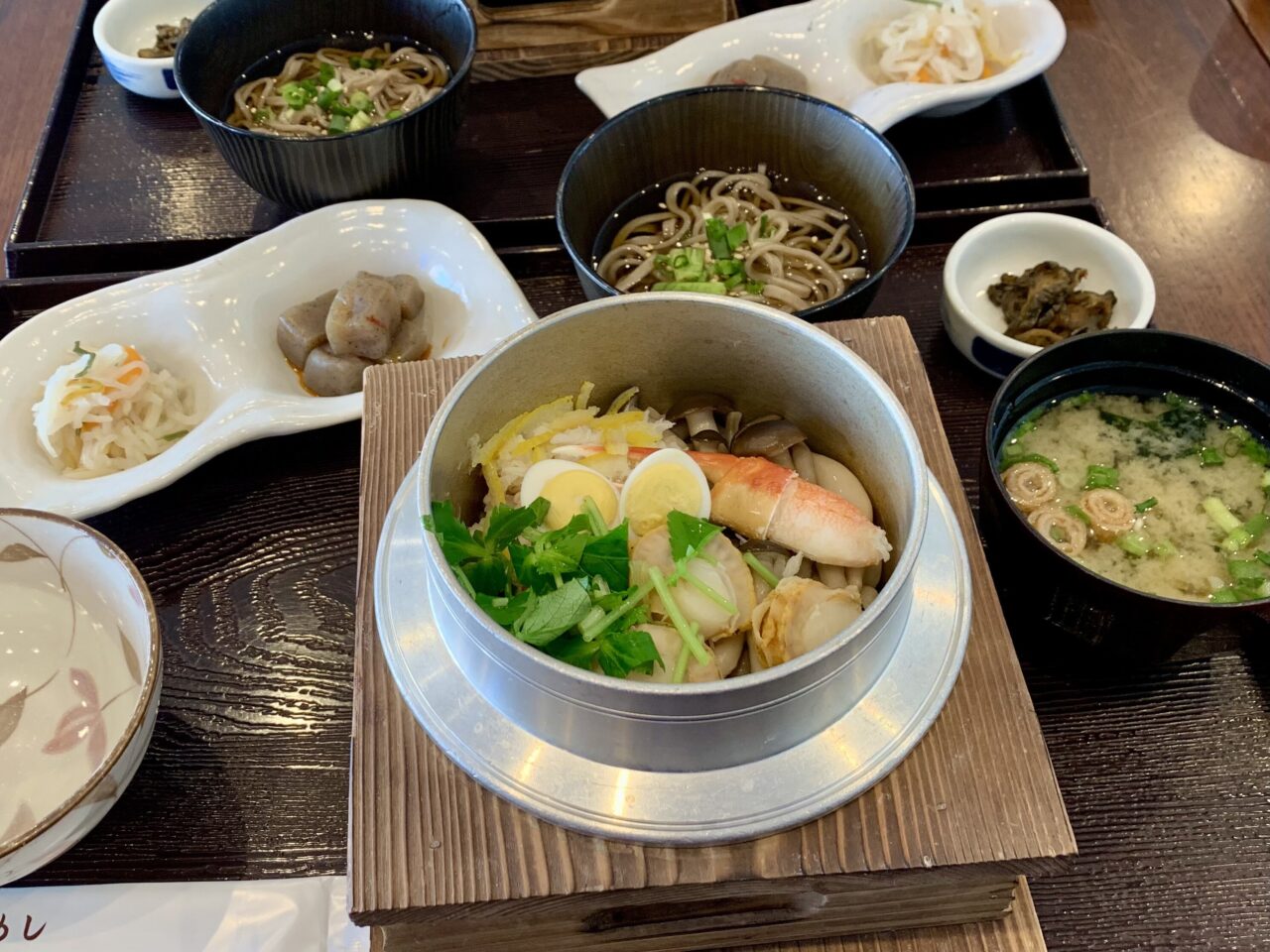
Section 6- Eating With Kids
Eating out with kids in any country can be a challenge, and it can be in Japan (especially the big cities), too, but it’s far from impossible!
First, some restaurants have kids’ menus, but not all. Likewise, some restaurants have high chairs or booster seats for small children, but not all. Your best bet for a dedicated kids’ menu and baby seat is the family restaurants, like Denny’s, Saizeria, Gusto, Jonathan’s, Royal Host, etc. They’re called “family restaurants” for a reason… they’re good for families! One note about kids’ menus in Japan is that they are, obviously, geared for what Japanese children tend to like, so if your western child is particularly picky, it might not be helpful for you. They are often served on cute shaped plates though, like planes or characters, so that’s a plus!
An interesting tidbit my coworker with a 1-year-old baby told me is that when you bring even a baby to a restaurant, they are to be included in your party count. So when you tell the staff how many, be sure to tell them the number in your party including your baby.
Finally, some restaurants have a no-child policy. Some policies don’t allow children below middle or high school (12 or 15 years old respectively), and some are straight up no-child policies. If you run into a place like this, it’s often got an adult drinking focus, such as izakaya pubs, or they want to keep things kind of quiet. Interestingly, some izakaya pubs allow children, especially if it’s got tatami mat rooms, so it doesn’t hurt to ask.
Section 7- Cleanliness and Sanitary Hospitality
Japanese restaurants are usually impeccably clean! You’ll be hard pressed to find dirty spots. I even took my parents to a vampire themed cafe one time, and we noticed even the fake cobwebs weren’t dusty! Restaurant toilets are usually quite clean, too, and sometimes they even come stocked with sanitary items such as individual mouth wash cups and menstrual pads.
As far as cleaning your hands, most of them will offer customers a wet (clean) washcloth or wrapped wet wipe upon sitting down. If you get the wet wipe, called an おしぼり (oshibori), do note that in most cases they don’t have a sanitation effect, they’re usually just for wiping. Many restaurants have hand sanitizer in the restaurant, either by the door or at tables–thanks covid!
One negative point about Japanese restaurants is the lingering presence of smoking. While it seems that less and less restaurants allow smoking, some still do. Some are completely smoking-allowed, and some have a smoking section that isn’t closed off, but more these days have an enclosed smoking room. I find myself turning away from restaurants to avoid getting smelly less and less these days, however, so I do think it’s calmed down in recent years.
Section 8- The Gender of Food
Food in Japan is still very gendered (like a lot of society). Many menus have marks next to certain items that say “popular with the ladies!”, which always makes me chuckle because they’re often rooted in Japanese stereotypes of what women like (but even Asami, the owner of this website, told me she doesn’t like all the stereotypical foods!). Similarly, for some reason Indian curry restaurants often have a “Ladies Set” menu, which always has more food than any of the other sets, perhaps as a marketing strategy to attract more female customers.
Restaurant cuisines are often gendered, too. Ramen is seen as a man’s food, and cute and fancy cafes are often viewed as for women. Of course women eat ramen and men go to cute cafes, but it’s often with their partner or coworkers of the opposite gender. Many Japanese people “of the wrong gender” might feel strange going to these places alone, but this is not to say that nobody does or that men and women aren’t welcome at these places. On the contrary, many ramen shops are making efforts to seem more welcoming to women, and although a minority there are also male food influencers who go to cafes alone, too.
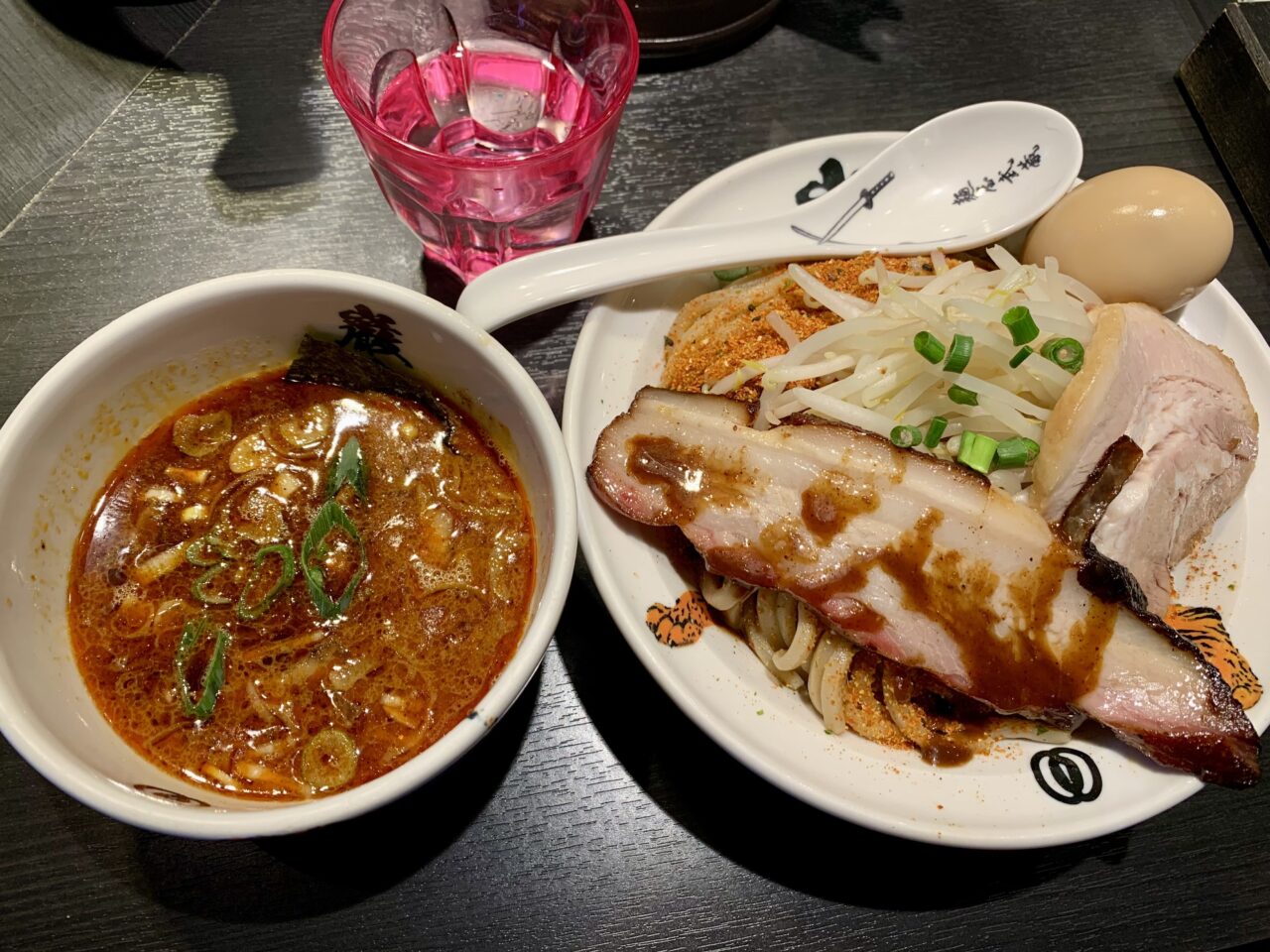
Closing
Well, there you have it, everything I think you’ll ever need to know about Japanese restaurants unless you plan to become a Michelin judge is in this guide or Part 1. Keep these tips in mind, but most of all, don’t forget to enjoy your food! Bon appetit!
